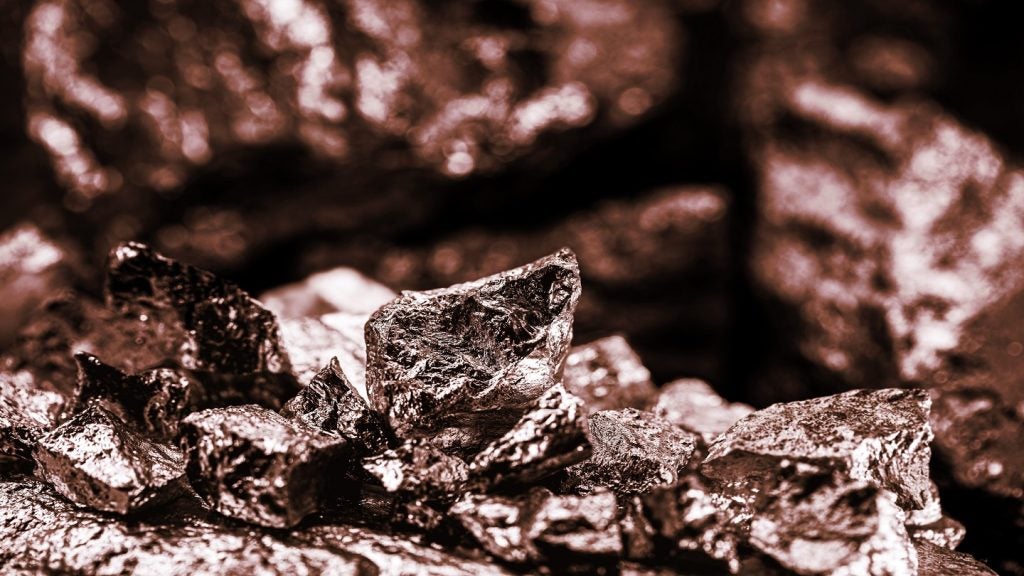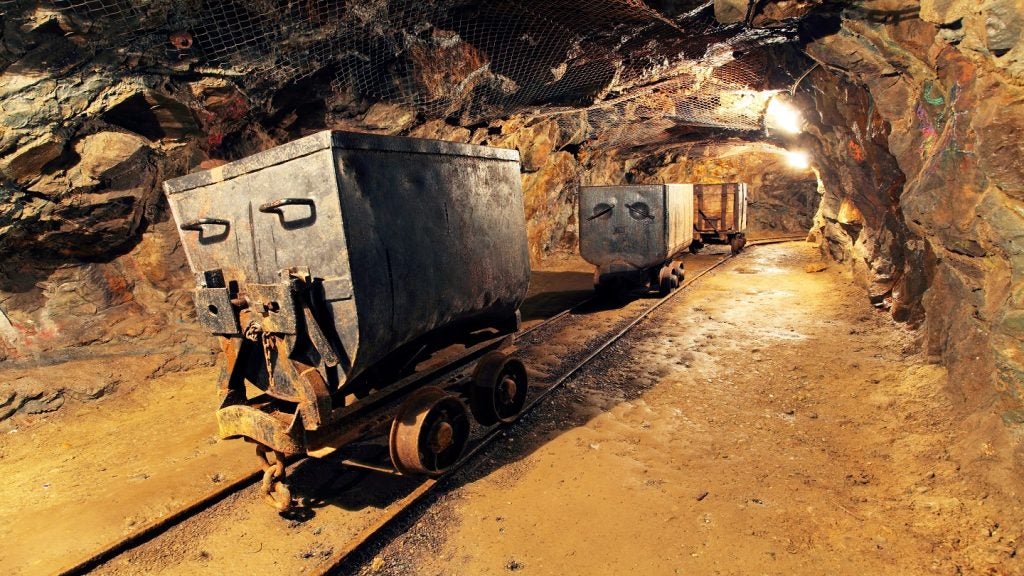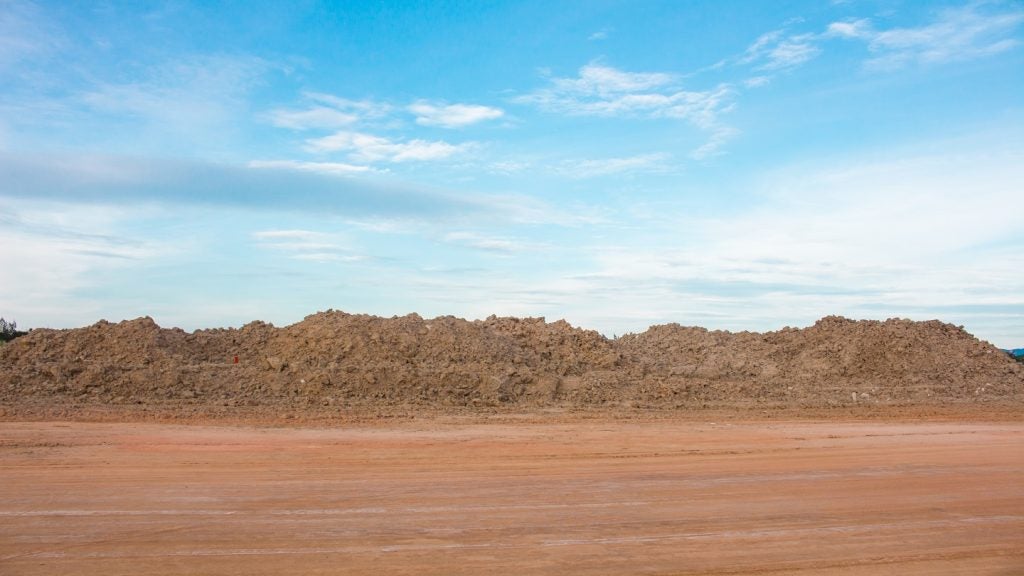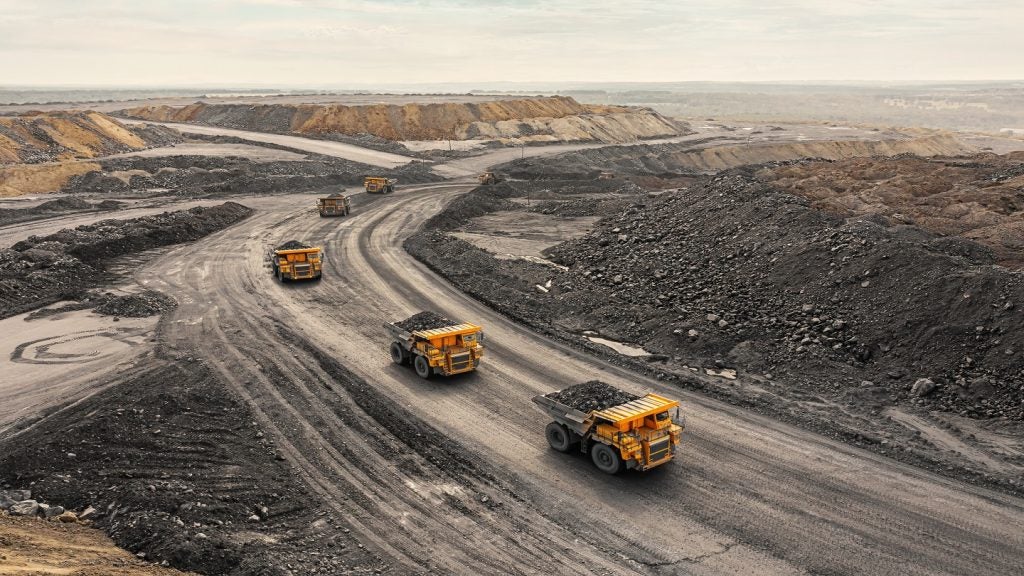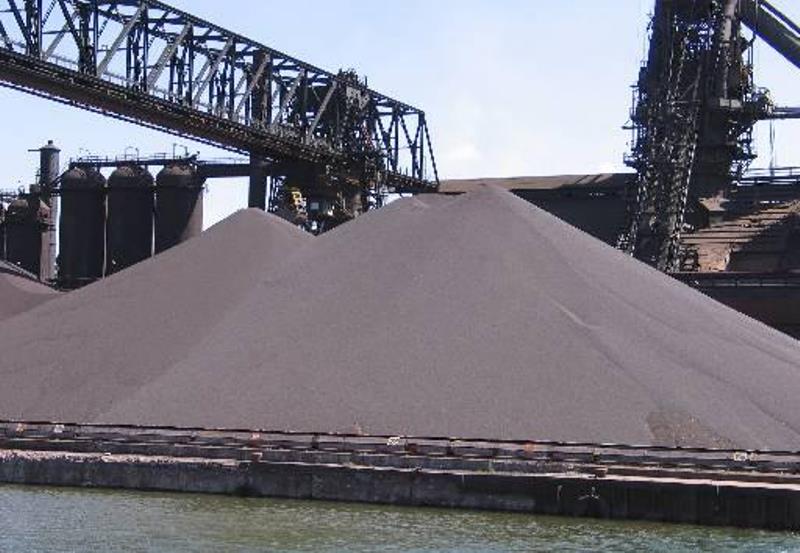
Anglo-Australian mining major Rio Tinto has reported a 2% increase in its iron ore shipments to 338 million tonnes in 2018 compared to 2017 from the Pilbara region of Western Australia.
According to the world’s leading exporter of iron ore, this is in line with its forecasts of between 330 and 340 million tonnes and expects the demand to increase this year from steel-making industry.
The firm reported growth in iron ore production due to its investment in production improvements, and minimal disruptions in weather.
Its 2019 projection for Pilbara shipments ranges between 338 and 350 million tonnes.
The production of iron ore has also been strengthened with its deployment of first driverless train network AutoHaul.
In 2019, it aims to focus on optimising its autonomous operations.
How well do you really know your competitors?
Access the most comprehensive Company Profiles on the market, powered by GlobalData. Save hours of research. Gain competitive edge.

Thank you!
Your download email will arrive shortly
Not ready to buy yet? Download a free sample
We are confident about the unique quality of our Company Profiles. However, we want you to make the most beneficial decision for your business, so we offer a free sample that you can download by submitting the below form
By GlobalDataIt is also working on developing its $2.6bn Koodaideri iron ore mine in Pilbara region. This project, which was approved in 2018, will boost production of its Pilbara Blend iron ore, from late 2021.
Rio’s copper production surged by 20% to 177,800t in the December quarter compared to the corresponding period in 2017. Its full year copper production grew by 33% to 633,500t.
This robust performance was due to production increase at Kennecott operations in Utah, US and the Escondida mine in Chile.
Escondida, which is the world’s leading copper mine, is managed by BHP. Rio Tinto owns 30% interest in the mine.
Announcing its 2019 forecasts, Rio Tinto stated that a fire that broke on 10 January at Cape Lambert Port near Karratha in the Pilbara region will lead to “limited disruption” on its shipments of lump and fine iron ore products from Robe Valley project.
The fire damaged a part of the plant that separates lump and fine iron ore. Due to the fire, the firm declared “force majeure” on its contracts.



